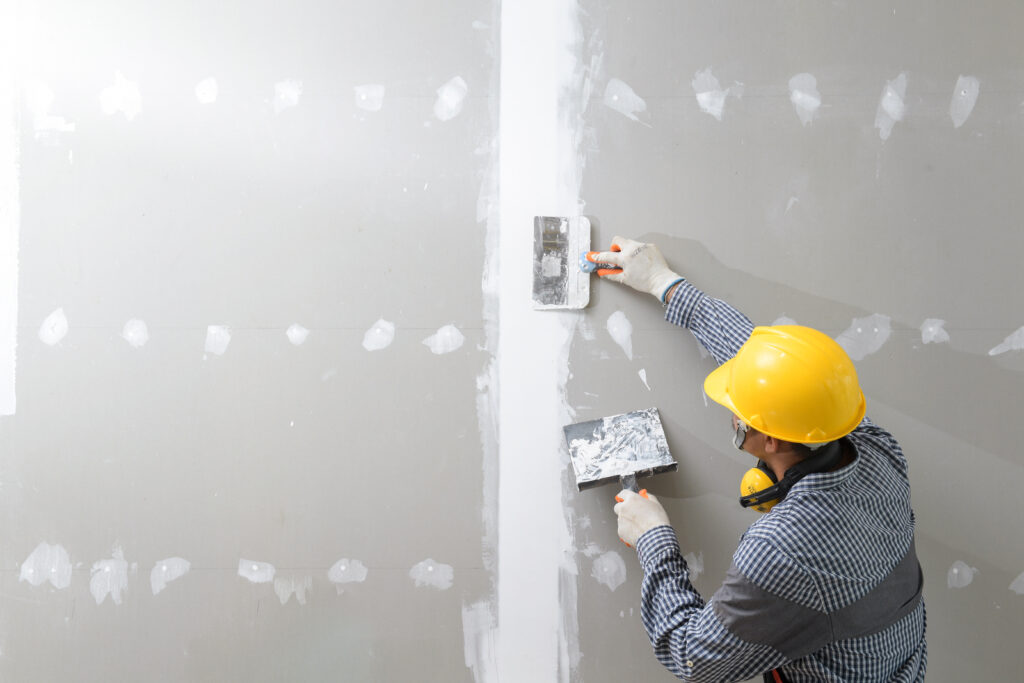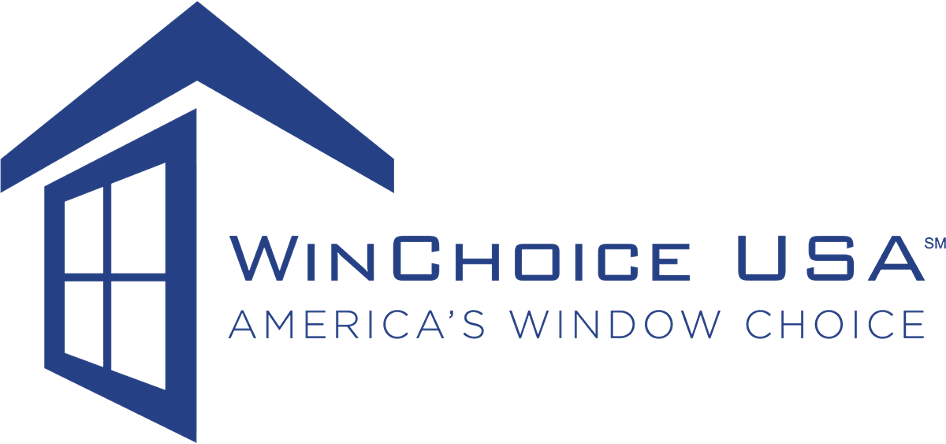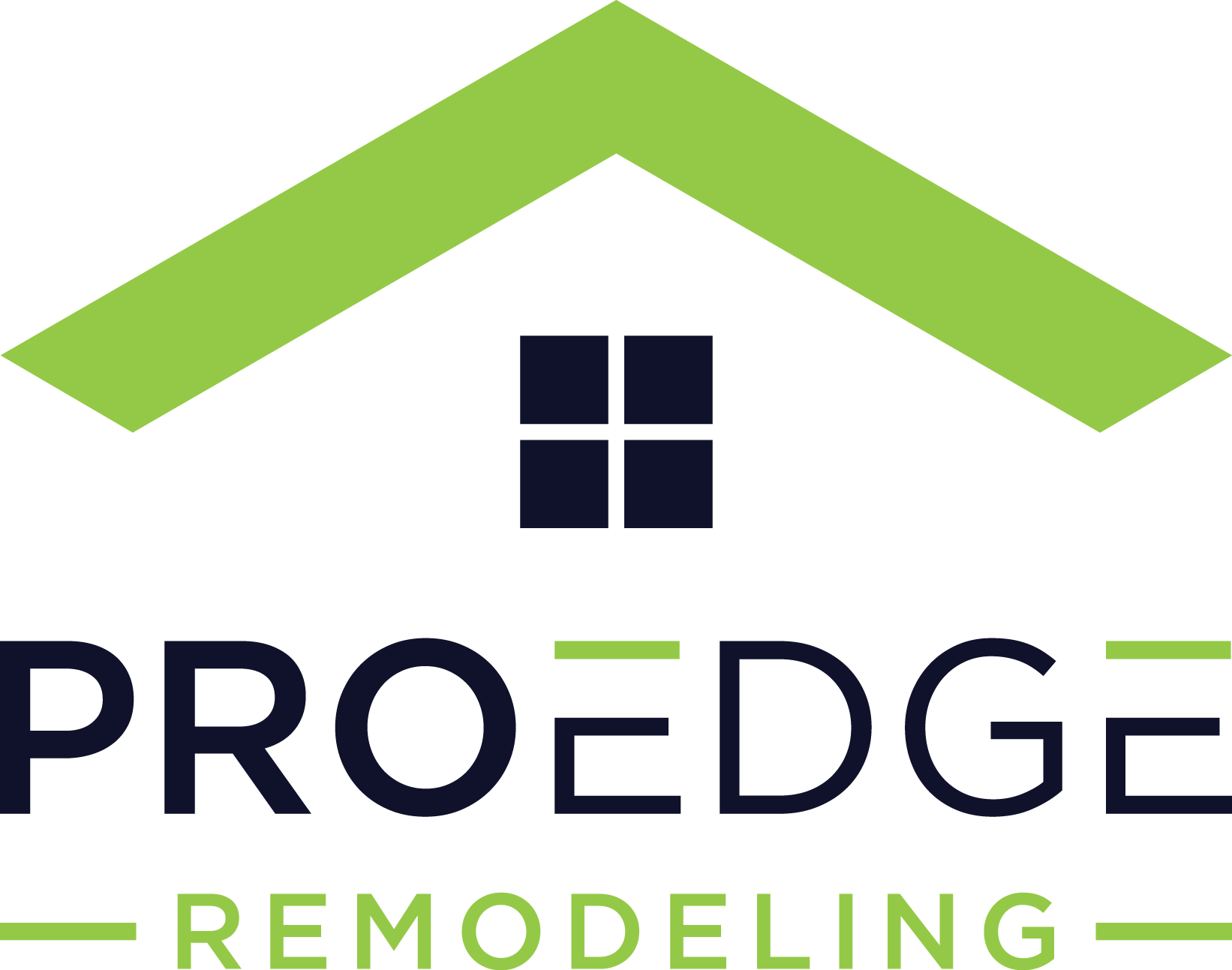Sheetrock vs Drywall Comparison

If you’re planning a renovation or building project, you’ve likely heard “Sheetrock” and “drywall” used interchangeably. While they serve the same fundamental purpose in construction, there are subtle yet important distinctions between them that can affect your project decisions. Knowing these differences helps you select the right material for your specific needs, communicate effectively with contractors, and potentially save both time and money. Understanding what sets these materials apart ensures you make informed choices that align perfectly with your renovation or construction requirements.
Table of Contents
What Is Drywall?
Drywall is a construction material consisting of gypsum plaster pressed between two thick sheets of paper. This engineered panel has revolutionized interior construction since the mid-20th century, replacing traditional plaster methods that were more labor-intensive and time-consuming.
The core of drywall is made from gypsum (calcium sulfate dihydrate), a naturally occurring mineral that provides fire resistance and stability. The paper exterior creates a smooth surface ready for painting, wallpapering, or texturing, making it versatile for various design preferences.
Drywall serves as the primary material for constructing interior walls and ceilings in both residential and commercial buildings. Its popularity stems from its relatively low cost, ease of installation, and widespread availability. The material can be cut to size, mounted to wall studs or ceiling joists, and finished with joint compound and tape to create seamless surfaces.
You might also hear drywall referred to by other names, including:
- Plasterboard
- Wallboard
- Gypsum board
- Sheet rock (as a generic term)
Standard drywall panels typically measure 4′ × 8′ with thicknesses ranging from ¼” to ⅝” depending on the application, though larger sizes are available for special purposes.
What Is Sheetrock?
Sheetrock® is a specific brand of drywall manufactured by the United States Gypsum Company (USG), which has been producing this material since 1917. The term “Sheetrock” is a registered trademark, similar to how Kleenex is a brand name for facial tissues or Band-Aid for adhesive bandages.
While Sheetrock is fundamentally the same material as generic drywall—gypsum core wrapped in paper—it is manufactured to USG’s proprietary standards and specifications. The brand has become so ubiquitous in construction that many people use “Sheetrock” to refer to any drywall product, regardless of the actual manufacturer.
USG offers various specialized Sheetrock products designed for specific applications, including:
- Sheetrock UltraLight Panels: Lighter than standard drywall, making installation easier while maintaining structural integrity
- Sheetrock Firecode Panels: Enhanced fire resistance for areas requiring additional protection
- Sheetrock Mold Tough Panels: Featuring moisture and mold resistance for high-humidity environments
- Sheetrock Flexible Panels: Designed to bend for curved wall applications
- Sheetrock Ultralight Sag-Resistant Ceiling Panels: Specifically engineered to prevent sagging when installed on ceilings
These specialized options allow contractors and homeowners to select the most appropriate material for particular environmental conditions or building code requirements.
Key Differences Between Sheetrock and Drywall
The primary distinction between Sheetrock and drywall is branding—Sheetrock is to drywall what Kleenex is to facial tissues. Here are the key differences to understand:
Branding vs. Generic Terms
Drywall is the generic term for gypsum panels used in construction, while Sheetrock is a specific brand of drywall manufactured by USG. This brand-to-generic relationship explains why the terms are often used interchangeably, though technically they aren’t the same.
Manufacturing Standards
As a branded product, Sheetrock is manufactured to USG’s specific quality standards and specifications. The company has over a century of experience producing gypsum products, which some contractors believe translates to more consistent quality. Generic drywall, meanwhile, can vary in quality depending on the manufacturer.
Some builders note that Sheetrock panels tend to have:
- More consistent thickness throughout each panel
- Fewer imperfections in the gypsum core
- Greater durability in certain applications
- Less tendency to emit sulfur odors that can sometimes occur with other drywall products
Product Variety and Specialized Features
While many drywall manufacturers offer specialized products, USG’s Sheetrock line includes a comprehensive range of panels designed for specific applications. Their proprietary technologies for mold resistance, fire protection, and lightweight formulations represent decades of research and development.
Availability
Generic drywall is widely available at virtually all home improvement stores and building supply retailers. Sheetrock products are also widely distributed but may have more limited availability in some geographical areas or smaller retailers.
Pros and Cons of Drywall
Advantages of Generic Drywall
- Wide Availability: Generic drywall is stocked by virtually all building supply retailers and home improvement stores.
- Cost-Effective: Generally less expensive than branded alternatives, making it budget-friendly for large projects.
- Easy Installation: Standard drywall is relatively simple to install, cut, and finish, making it accessible for DIY projects.
- Good Fire Resistance: All drywall provides some inherent fire resistance due to its gypsum core, which contains water molecules that release as steam when exposed to high heat, delaying heat transfer.
- Versatility: Available in various thicknesses and sizes to accommodate different applications.
Disadvantages of Generic Drywall
- Variable Quality: The quality of generic drywall can vary significantly between manufacturers, leading to potential inconsistencies in performance.
- May Lack Specialized Features: Unless specifically purchased as specialized panels, standard drywall may not have enhanced features for moisture resistance, mold prevention, or superior fire protection.
- Potential for Defects: Lower-quality drywall might have more core defects or inconsistent thickness that can complicate installation and finishing.
- Weight Challenges: Standard drywall can be heavy, making installation difficult, especially for ceiling applications or when working alone.
Pros and Cons of Sheetrock
Advantages of Sheetrock
- Consistent Quality: As a brand-name product with strict quality control, Sheetrock typically offers consistent performance and fewer defects.
- Specialized Options: USG offers a wide range of specialized panels for specific needs, from moisture resistance to enhanced fire protection.
- Advanced Formulations: Products like UltraLight panels offer the same strength as standard drywall but weigh significantly less, making installation easier.
- Superior Core Bonding: Some contractors report better core-to-paper bonding in Sheetrock products, potentially reducing the risk of face paper tears during installation and finishing.
- Reduced Odor: USG Sheetrock products don’t typically emit the sulfur odors that can sometimes occur with other drywall products.
Disadvantages of Sheetrock
- Higher Cost: Brand-name quality comes with a premium price, making Sheetrock more expensive than generic alternatives.
- Potentially Limited Local Availability: While widely available, specific Sheetrock specialty products might not be stocked at every retailer, potentially requiring special orders.
- Overkill for Some Applications: The premium quality may be unnecessary for temporary structures or less critical applications.
Cost Comparison: Sheetrock vs. Drywall
The price difference between Sheetrock and generic drywall varies depending on several factors, including panel size, thickness, and special features. Here’s a general cost breakdown to help you budget for your project:
Standard Panels (4′ × 8′, ½” thickness)
- Generic Drywall: $10-$15 per sheet ($0.30-$0.45 per square foot)
- Sheetrock: $12-$20 per sheet ($0.40-$0.60 per square foot)
Specialized Panels
- Moisture-Resistant Generic Drywall: $12-$16 per sheet
- Sheetrock Mold Tough Panels: $15-$22 per sheet
Fire-Resistant Panels (Type X)
- Generic Fire-Resistant Drywall: $12-$18 per sheet
- Sheetrock Firecode Panels: $15-$22 per sheet
Lightweight Panels
- Generic Lightweight Drywall: $12-$18 per sheet
- Sheetrock UltraLight Panels: $15-$24 per sheet
Total Project Costs
For a standard 12′ × 12′ room with 8′ ceilings (approximately 500 square feet of wall and ceiling space):
- Generic Drywall: $150-$225 for materials only
- Sheetrock: $200-$300 for materials only
Note that these prices reflect material costs only. Professional installation typically adds $1.50-$3.00 per square foot for labor, including hanging, taping, mudding, and finishing.
When the Higher Cost of Sheetrock Is Worth It
Paying the premium for Sheetrock may be justified in several scenarios:
- High-end or long-term residential projects where quality and durability are paramount
- Moisture-prone environments where superior mold resistance is beneficial
- Applications where weight matters, such as ceiling installations or large renovation projects
- Projects where consistent quality will make installation and finishing easier
- Commercial projects where performance specifications must be strictly met
For temporary structures, rental properties with frequent turnover, or budget-conscious projects, generic drywall may be more cost-effective.
When to Choose Drywall
Generic drywall is often the most practical choice in these scenarios:
Standard Room Remodeling
For typical living spaces with normal humidity levels and no special requirements, standard drywall offers perfectly adequate performance at a lower price point.
Large Surface Areas
When covering extensive wall and ceiling areas, the cost savings of generic drywall can be substantial without significantly compromising quality.
Tight Budgets
For projects with strict budget constraints, the money saved on materials can be allocated toward better insulation, higher-quality paint, or other elements that may impact occupant comfort more directly.
When Quality Brands Are Available
Many generic drywall products from reputable manufacturers offer excellent quality at lower prices than premium brands. If you can source quality generic drywall, the performance difference may be negligible.
Non-Critical Applications
For garage interiors, storage areas, or other spaces where aesthetic perfection is less important, generic drywall is typically more than adequate.
When to Choose Sheetrock
Sheetrock is often the better option in these situations:
High-Moisture Areas
Bathrooms, kitchens, laundry rooms, and basements benefit from Sheetrock’s specialized moisture and mold-resistant panels, which may outperform generic equivalents in preventing mold growth and water damage.
Fire-Rated Requirements
For areas requiring enhanced fire protection—such as walls between garages and living spaces, multi-family dwellings, or commercial buildings—Sheetrock Firecode panels offer reliable performance backed by extensive testing.
Ceiling Applications
Sheetrock’s UltraLight Sag-Resistant Ceiling Panels are specifically designed to prevent the sagging that can occur with standard drywall on ceilings, particularly in high-humidity environments.
Professional Installations
Many professional contractors prefer Sheetrock for its consistent quality, which can speed up installation and finishing while reducing callbacks for defects.
Curved Wall Applications
Sheetrock Flexible Panels are specifically engineered for creating curved walls and architectural features, offering better performance than standard drywall in these specialized applications.
Alternatives to Drywall and Sheetrock
While drywall and Sheetrock dominate interior wall construction, several alternatives are worth considering for specific applications:
Plaster Walls
Traditional plaster over lath provides exceptional sound isolation, durability, and fire resistance. Though more expensive and labor-intensive to install than drywall, plaster offers a distinctive look that’s often preferred in historic restorations.
Wood Paneling
Solid wood or engineered wood paneling provides warmth and character. While typically more expensive than drywall, wood paneling can be a striking design element in the right setting.
Concrete Board
Also called cement board or backer board, this material is ideal for high-moisture areas like shower surrounds before tiling. It’s more water-resistant than even moisture-resistant drywall but is heavier and more difficult to cut.
Eco-Friendly Alternatives
Several newer products offer environmental benefits:
- Magnesium Oxide Board (MgO): More resistant to fire, water, and mold than standard drywall
- Strawboard: Made from compressed agricultural waste fibers
- Hemp Board: Utilizes industrial hemp fibers for a sustainable alternative
- Recycled-Content Drywall: Contains post-consumer recycled content
Veneer Plaster Systems
These hybrid systems use specialized gypsum base panels covered with a thin layer of plaster, combining the ease of drywall installation with the superior hardness and acoustical properties of plaster.
Making Your Choice
From a cost and installation standpoint, there’s virtually no difference between Sheetrock and other reputable drywall brands in terms of performance, installation process, and lifespan. However, Sheetrock may offer more consistent quality control, which is why many professionals prefer it.
What matters more than the brand is choosing the right type of drywall for each space in your home, whether it’s moisture-resistant panels for bathrooms, fire-rated drywall for garages, or standard boards for living areas. Focus on selecting the correct type for your specific application, ensuring proper installation, and maintaining code compliance.
Conclusion
The Sheetrock vs. drywall comparison is largely one of brand name versus generic product. While there are some quality differences that may justify Sheetrock’s higher price point, both products serve the same fundamental purpose and can be excellent choices for your construction or renovation project when selected and installed properly.
For most standard applications in dry, temperature-controlled environments, generic drywall offers perfectly acceptable performance at a lower price point. However, Sheetrock’s consistent quality and specialized formulations may justify the additional cost in high-moisture areas, fire-rated applications, or projects where installation ease and reduced callback risk are priorities.
When planning your next project, consider the specific environmental conditions, budget constraints, and performance requirements to determine whether Sheetrock or generic drywall is the better choice. For large-scale projects or applications with specific technical requirements, consulting with a professional contractor can provide valuable guidance tailored to your project.
Additional Home Improvement Resources
- Hot Tub Maintenance Guide
- Does Your Basement Need Waterproofing?
- Affordable Home Upgrades that Increase Property Value

Anna has over six years of experience in the home services and journalism industries and serves as the Content Manager at MyHomePros.com, specializing in making complex home improvement topics like HVAC, roofing, and plumbing accessible to all. With a bachelor’s degree in journalism from Auburn University, she excels in crafting localized, comprehensive guides that cater to homeowners’ unique needs. Living on both coasts of the United States has equipped her with a distinctive perspective, fueling her passion for turning any house into a cherished home through informed, personalized decision-making.








